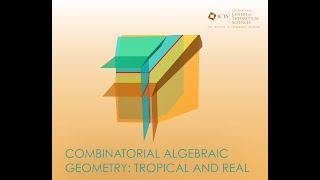Convex uniform honeycomb
In geometry, a convex uniform honeycomb is a uniform tessellation which fills three-dimensional Euclidean space with non-overlapping convex uniform polyhedral cells. Twenty-eight such honeycombs are known: * the familiar cubic honeycomb and 7 truncations thereof; * the alternated cubic honeycomb and 4 truncations thereof; * 10 prismatic forms based on the (11 if including the cubic honeycomb); * 5 modifications of some of the above by elongation and/or gyration. They can be considered the three-dimensional analogue to the uniform tilings of the plane. The Voronoi diagram of any lattice forms a convex uniform honeycomb in which the cells are zonohedra. (Wikipedia).




















